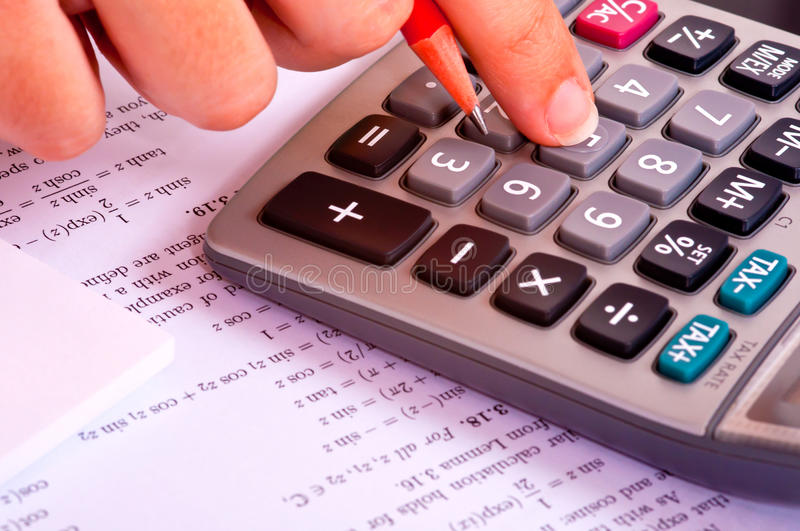Maths is one of the most crucial subjects taught in a school. The importance of maths is not only limited to the pages of a book but it can be easily seen in our day-to-day lives. Our actions like receiving money, counting it, and paying a part or whole of it while shopping for groceries, etc., all require having the knowledge of the basics of a subject called Maths!
Although the level of Maths advances with time, it is also important for students to know their liking or disliking for the subject to pursue a career in it in the coming future. It is also important for the students to build a logical approach with a problem-solving attitude.
Like Maths is the king of subjects, class 10 is the king of secondary education. Class 10 holds an important role in the life of students. Board exams might not be compulsory, yet many people opt for them in class 10 CBSE.
This class helps the teenagers experience the taste of secondary education and feel the anxiety and pressure of board exams. It gives students the exposure to face the competitive situation of the exams.
What if these two aspects, that is, Maths and class 10 are combined together, it’ll be a hilarious combination. One will require a good grip over the syllabus to excel in this field, which is discussed in the following section.
Syllabus for Class 10 Maths:
The syllabus for class 10 maths is covered in NCERT Maths Book Class 10 in Hindi and English. The syllabus includes the topics for each term with the theoretical paper for Maths will be combining up to 40 marks for each term and 10 marks shall be allotted for internal assessment for again both the terms.
The term 1 syllabus for class 10 CBSE includes seven units which are mentioned below along with the marks distribution for the same:
Unit 1: Number systems:
The maximum number of marks that can be scored in this unit is six.
Unit 2: Algebra:
The maximum number of marks that can be scored in this unit is ten.
Unit 3: Coordinate Geometry:
The maximum number of marks that can be scored in this unit is six.
Unit 4: Geometry:
The maximum number of marks that can be scored in this unit is six.
Unit 5: Trigonometry:
The maximum number of marks that can be scored in this unit is five
Unit 6: Mensuration:
The maximum number of marks that can be scored in this unit is four.
Unit 7: Statistics and Probability:
The maximum number of marks that can be scored in this unit is three
All of these units combine up to 40 marks and if the 10 marks of the internal assessment are added to it, it forms up to 50 marks justifying the term 1. The internal assessment also takes note of four points along with mark allocation. The following sections form the part of the internal assessment:
- Periodic Tests:
The maximum number of marks that can be scored in this unit is three.
- Multiple Assessments:
The maximum number of marks that can be scored in this unit is two.
- Portfolio:
The maximum number of marks that can be scored in this unit is two.
- Student Enrichment Activities (basically the Practical Work):
The maximum number of marks that can be scored in this unit is three.
All these parts, when joined together, form the internal assessment of term 1 for the students of class 10 CBSE, making the maximum marks that can be scored in class 10 Maths in term 1 CBSE total up to ten.
The term 2 syllabus for class 10 CBSE includes five units which are mentioned below along with the marks distribution for the same:
Unit 1: Algebra (contd.):
The maximum number of marks that can be scored in this unit is ten.
Unit 2: Geometry (contd.):
The maximum number of marks that can be scored in this unit is nine.
Unit 3: Trigonometry (contd.):
The maximum number of marks that can be scored in this unit is seven.
Unit 4: Mensuration (contd.):
The maximum number of marks that can be scored in this unit is six.
Unit 5: Statistics and Probability (contd.):
The maximum number of marks that can be scored in this unit is eight.
All of these units combine up to 40 marks and if the 10 marks of the internal assessment are added to it, it forms up to 50 marks justifying the term 1. The internal assessment also takes note of four points along with mark allocation. The following sections form the part of the internal assessment:
- Periodic Tests:
The maximum number of marks that can be scored in this unit is three.
- Multiple Assessments:
The maximum number of marks that can be scored in this unit is two.
- Portfolio:
The maximum number of marks that can be scored in this unit is two.
- Student Enrichment Activities (basically the Practical Work):
The maximum number of marks that can be scored in this unit is three.
All these parts, when joined together, form the internal assessment of term 1 for the students of class 10 CBSE, making the maximum marks that can be scored in class 10 Maths in term 1 CBSE total up to ten.
The syllabus of the two terms combined constitutes seven units that include the following chapters:
Unit 1: Number Systems:
It includes the concept of Real Numbers.
Unit 2: Algebra:
It includes the concepts of Polynomials, Quadratic Equations, Arithmetic Progressions, and Linear Equations in Two Variables.
Unit 3: Coordinate Geometry:
It includes the concept of Lines in 2D.
Unit 4: Geometry:
It includes the concepts of Triangles, Circles, and Constructions.
Unit 5: Trigonometry:
It includes the concepts of Introduction to Trigonometry, Identities, Heights, and Distances.
Unit 6: Mensuration:
It includes the concepts of Areas related to Circles, and Surface Areas and Volumes.
Unit 7: Statistics and Probability
It includes the concepts mentioned in the name of the unit.
With this, all the topics and concepts that come under the units of the syllabus are covered. Hope you find this article beneficial!



